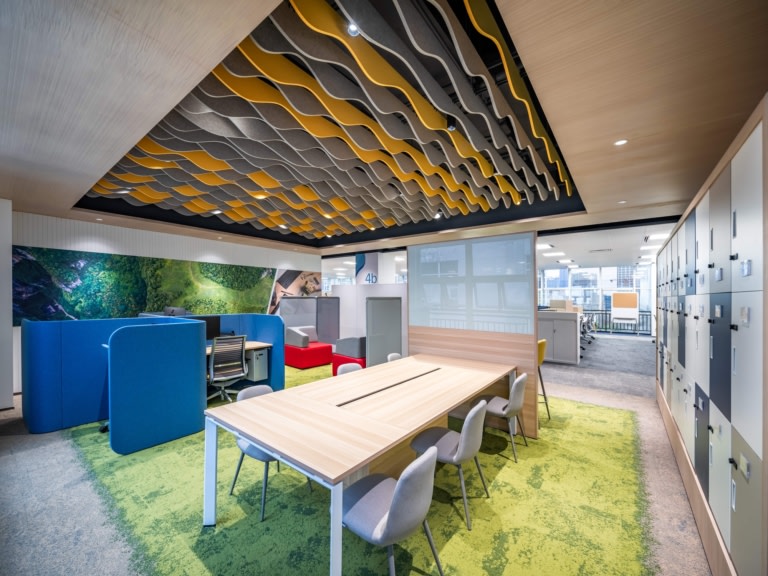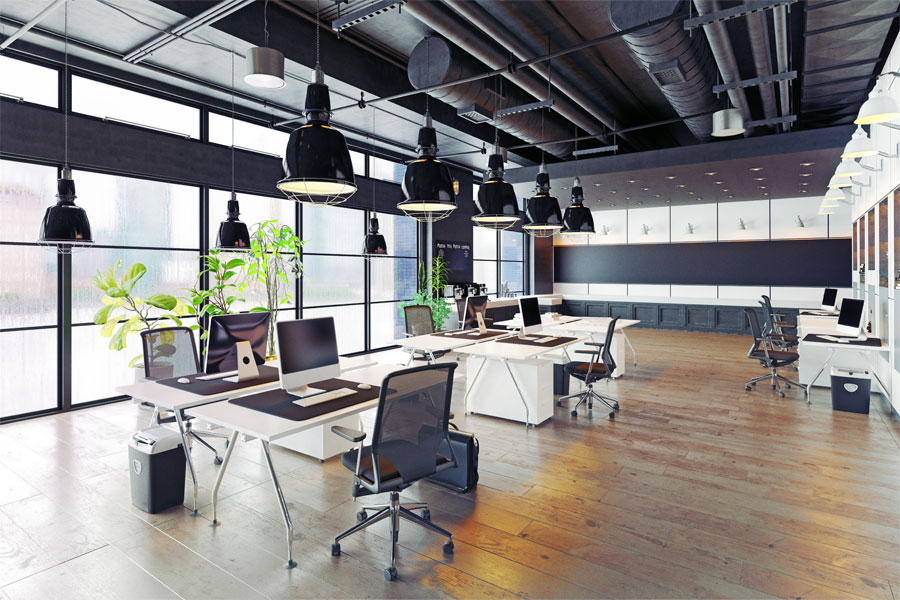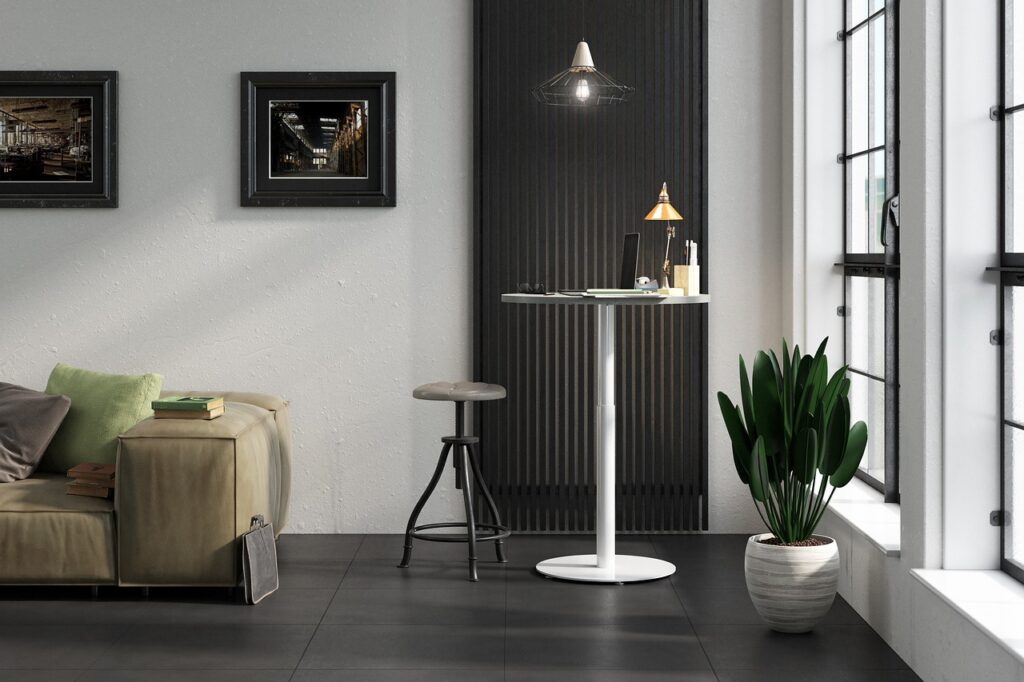In today’s world, sustainable design practices are becoming increasingly important as we strive to minimize our environmental impact and create a greener future. Commercial interior design companies play a crucial role in this movement, revolutionizing the industry by integrating sustainable and recycled materials into their designs. By doing so, they not only contribute to environmental preservation but also set an example for businesses to follow. In this article, we will delve into the significance of incorporating sustainable and recycled materials in design, the role of space planning in optimizing their use, and the strategies employed by commercial interior design companies to create eco-friendly commercial spaces.
Also read:Top 20 Office Interior Designer Companies in Delhi NCR
I. The Benefits of Sustainable and Recycled Materials:
Sustainable materials, such as bamboo and reclaimed wood, offer numerous advantages over traditional materials. They reduce carbon emissions, promote resource conservation, and support a circular economy. Recycled materials, such as plastic and glass, minimize waste and divert materials from landfills. By incorporating these materials, commercial interior design companies not only reduce their environmental footprint but also create healthier and more sustainable spaces for occupants.
II. The Role of Space Planning in Sustainable Design:
Effective space planning is vital for optimizing the use of sustainable materials. By analyzing space requirements, commercial interior design companies can determine the appropriate amount and type of materials needed. They can also create efficient layouts that maximize natural light, ventilation, and energy efficiency, reducing the need for excessive material use and energy consumption.
Our space planning services in commercial interior design focus on optimizing the functionality and efficiency of your workspace, ensuring a seamless and well-utilized layout.
III. Strategies for Sustainable Design and Build:
Commercial interior design companies employ various strategies to ensure sustainable design and build practices. They collaborate closely with suppliers and manufacturers to source eco-friendly materials and products. They also prioritize energy-efficient systems, such as LED lighting and smart controls, and adopt green building certifications like LEED (Leadership in Energy and Environmental Design) to meet stringent sustainability standards.
Our design and build services in commercial interior design offer a comprehensive solution from concept development to final construction, ensuring a seamless and efficient process.
IV. Exploring Sustainable Material Options:
There is a wide range of sustainable materials available for commercial interior design. For example, natural materials like cork and linoleum offer durability and renewable properties. Additionally, recycled materials such as reclaimed wood, recycled plastic, and upcycled furniture provide unique design opportunities while reducing waste.
V. Balancing Aesthetics and Sustainability:
One common misconception is that sustainable design compromises aesthetics. However, commercial interior design companies have debunked this myth by showcasing the beauty and versatility of sustainable materials. Through innovative designs and creative use of recycled and natural elements, they create visually appealing spaces that align with clients’ brand identities and design preferences.
Our 3D visualization services in commercial interior design bring your vision to life, providing realistic and immersive representations of your space before construction begins
VI. Overcoming Challenges and Embracing Opportunities:
While incorporating sustainable and recycled materials presents challenges, such as availability and cost considerations, commercial interior design companies are finding ways to overcome these obstacles. They actively seek out sustainable suppliers, engage in material research and development, and educate clients about the long-term benefits of investing in environmentally friendly design.
VII. The Impact of Sustainable Design:
Incorporating sustainable and recycled materials in commercial interior design goes beyond creating aesthetically pleasing spaces. It demonstrates a commitment to environmental responsibility, enhances brand reputation, and improves the well-being of occupants. By setting an example, commercial interior design companies inspire other businesses to follow suit and contribute to a more sustainable future.
Conclusion:
As businesses and consumers increasingly prioritize sustainability, commercial interior design companies play a pivotal role in leading the way towards eco-friendly practices. By incorporating sustainable and recycled materials, engaging in strategic space planning, and adopting sustainable design and build strategies, they create commercial spaces that are not only visually appealing but also environmentally responsible. The use of these materials reduces carbon emissions, conserves resources, and minimizes waste, setting the stage for a greener future. By embracing sustainable design, commercial interior design companies have the power to make a significant positive impact on our environment and inspire change throughout the industry and beyond.
Also read:Top Trends of Office Interior design evolving in 2023





